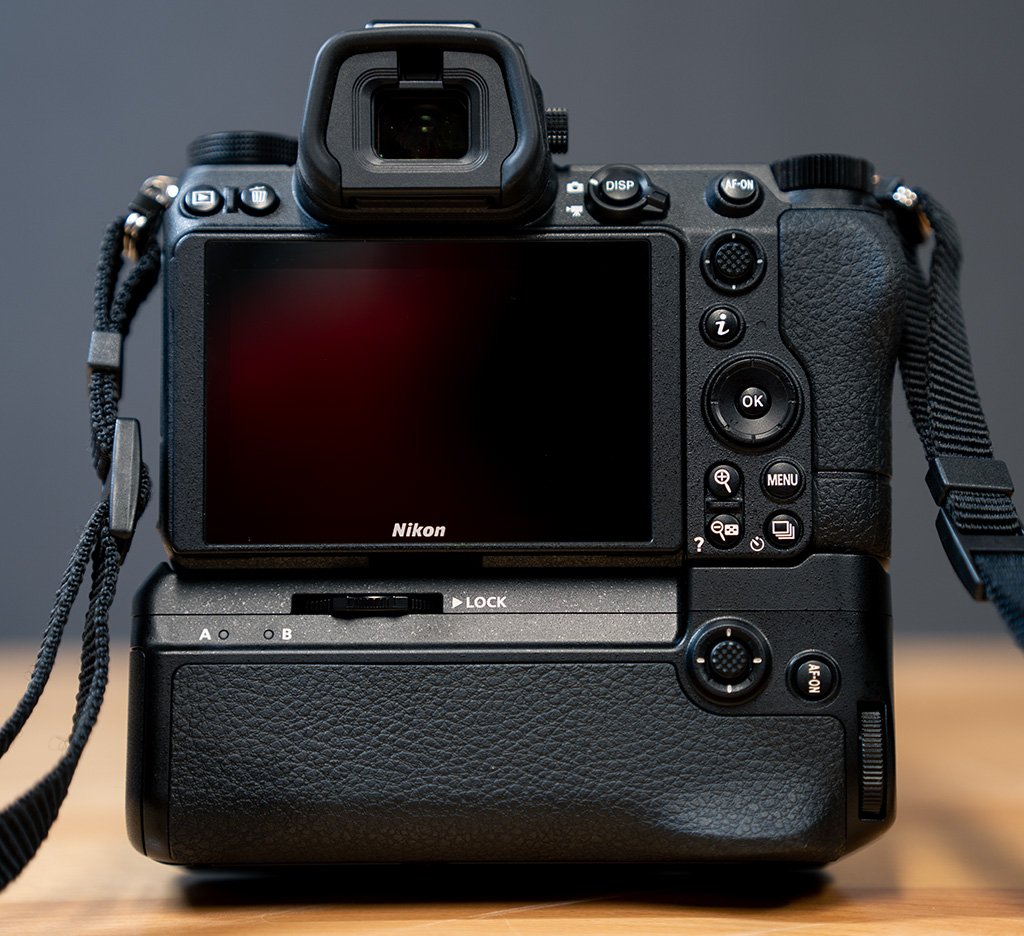Nikon Z7 II Review: A Refined Flagship for the Discerning Photographer

The Nikon Z7 II arrived as a mature iteration on an already impressive full-frame mirrorless system. It wasn’t a revolutionary leap, but rather a calculated refinement, addressing key areas identified by its predecessor’s users. The question remains: does this iterative approach deliver a truly compelling offering, or is it simply a Z7 with a fresh coat of paint? Let’s dive in.
The heart of the Z7 II is its 45.7MP BSI CMOS sensor, delivering exceptional detail and dynamic range that will satisfy even the most demanding landscape and portrait photographers. While the sensor remains the same as the original Z7, the addition of a second EXPEED 6 image processor provides a significant performance boost. This translates to faster processing speeds, improved autofocus, and deeper buffer depths. Shooting bursts feels much more responsive, a welcome improvement over the Z7.
Autofocus performance is noticeably better, especially in low-light conditions. Nikon has refined the algorithms, resulting in quicker and more accurate subject acquisition. The eye-detection AF, crucial for portraits, is also more reliable, though still not quite as “sticky” as some competitors in its class. The in-body image stabilization (IBIS) system continues to perform admirably, providing up to 5 stops of shake reduction, allowing for sharper handheld shots in challenging lighting.

The design is virtually identical to the Z7, which isn’t necessarily a bad thing. The ergonomics are excellent, with a deep grip that provides a comfortable and secure hold. The control layout is logical and customizable, allowing you to tailor the camera to your specific shooting style. The build quality is top-notch, as expected from Nikon. It feels robust and weather-sealed, ready to withstand the rigors of professional use. The electronic viewfinder (EVF) remains excellent, offering a bright and clear view with minimal lag.

Video capabilities are solid, with the Z7 II capable of recording 4K UHD video at up to 60p. However, it’s not a video-centric camera. The crop factor at 60p is significant, and features like waveform monitors and vectorscopes are absent. It’s certainly capable for hybrid shooters, but dedicated videographers will likely look elsewhere.
The dual card slots (one CFexpress/XQD and one SD) are a welcome addition, providing increased flexibility and redundancy. Battery life is decent, but an extra battery grip is recommended for extended shooting sessions.
Ultimately, the Nikon Z7 II offers a compelling blend of high-resolution imaging, refined performance, and excellent ergonomics. It’s a mature and well-rounded camera that will appeal to photographers who prioritize image quality and build quality above all else. However, it’s worth considering whether the improvements over the original Z7 justify the upgrade, especially if you’re primarily a video shooter or require class-leading autofocus performance.

Where to Buy:
Nikon Z7 II Quick Summary
Key Scores:
- Value: 93%
- Design: 94%
- Performance: 92%
- Quality: 92%
- Popularity: 90%
Top Pros
- ✅ Image quality is superb, delivering exceptional detail and dynamic range.
- ✅ The dual EXPEED 6 processors improve overall performance and responsiveness.
- ✅ Autofocus is more accurate and faster, especially in low light.
- …
Key Cons
- ❌ Video capabilities are limited compared to dedicated video cameras.
- ❌ Eye-detection autofocus still lags behind some competitors.
- ❌ The 60p 4K video mode has a significant crop factor.
- …























